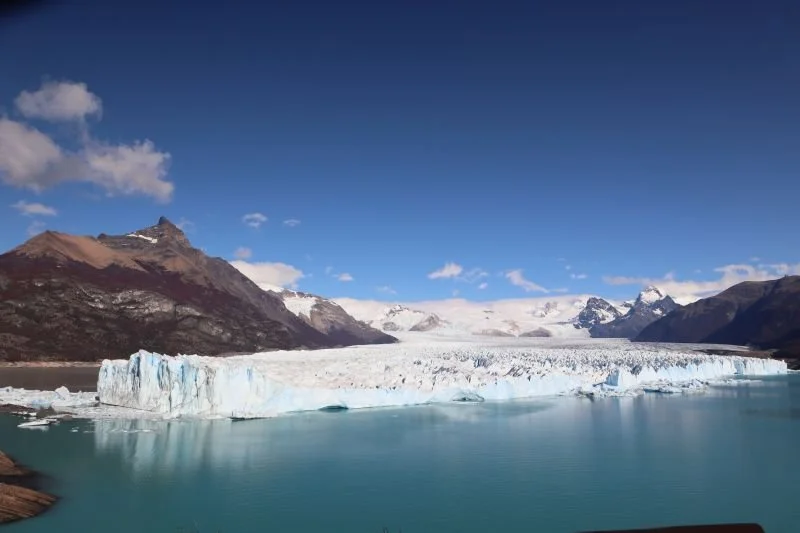The Perito Moreno Glacier
After finishing our exploration of Torres del Paine in Chilean Patagonia, we crossed the border back into Argentina. We drove from Puerto Natales to El Calafate, Argentina. This was our first land-border crossing that we have done on this trip, without the assistance of a local guide. It was relatively easy as we were well prepared, we just needed to show our passports and all our hire car paperwork, and to have a chat with the border patrol on each side. It took about five hours (including the stops at the border gates) to drive to El Calafate. Once we got there, we checked into a comfortable apartment and then went to have dinner at a nice restaurant.
We booked in for two nights in El Calafate to see the Perito Moreno Glacier. The next morning, we set out very early, to see the glacier in the early morning sunlight with fewer people around. The glacier was quite stunning! They are so raw and show the sheer power of mother earth. Now I have seen a few glaciers up close it is hard to describe, as they are quite extraordinarily awesome.
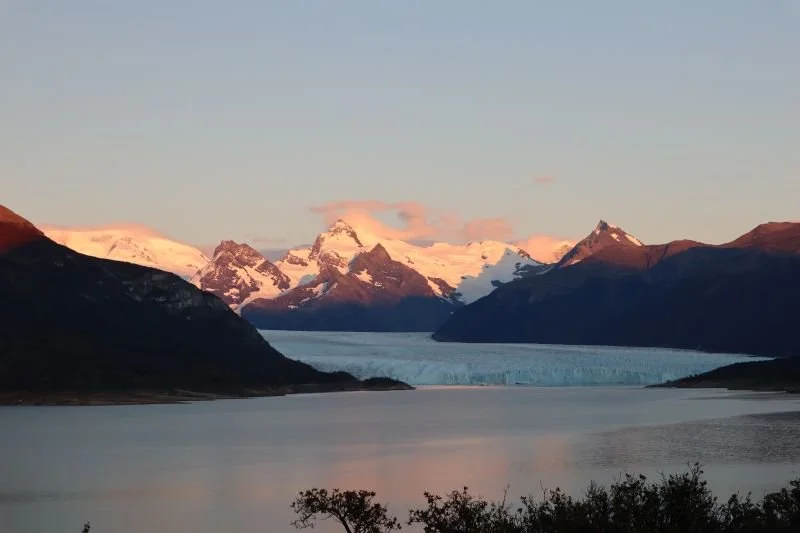
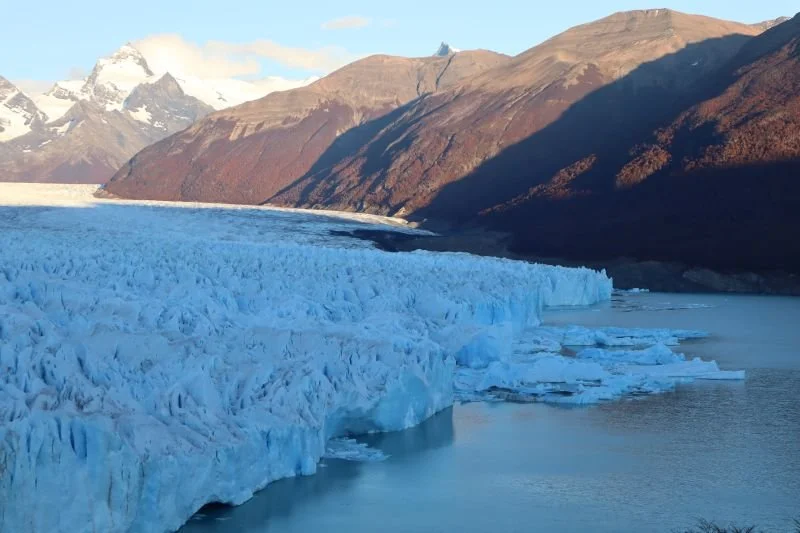
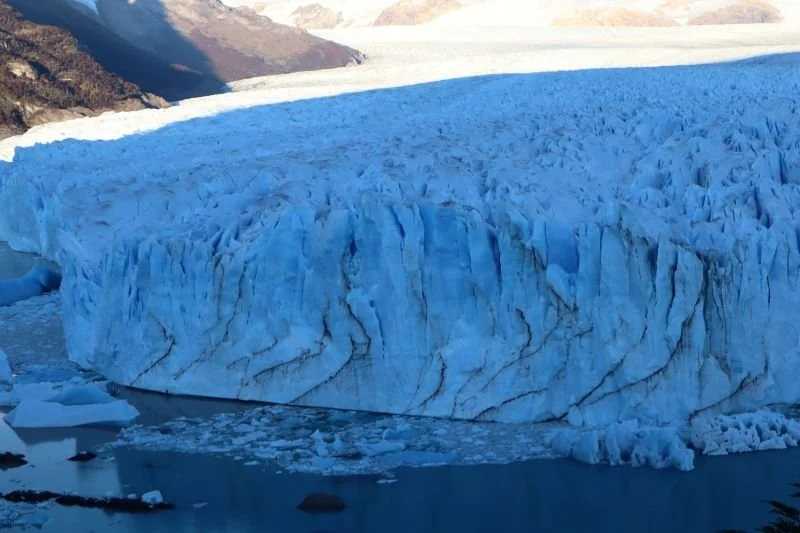
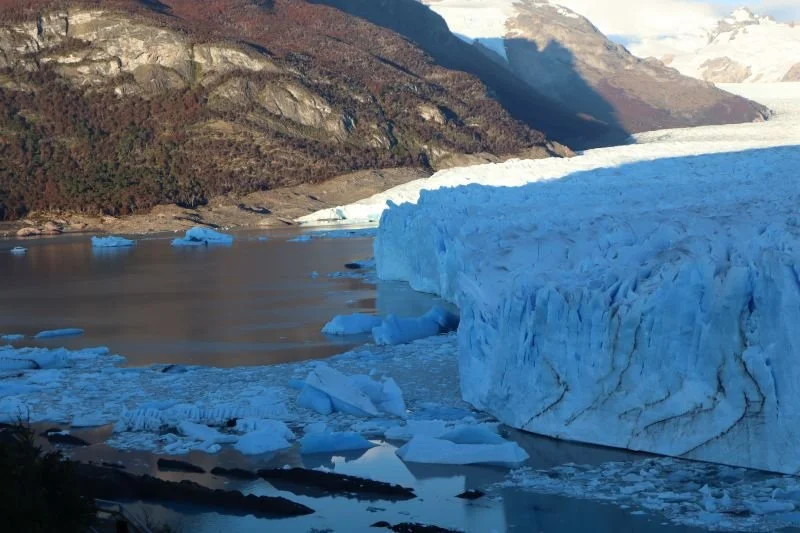
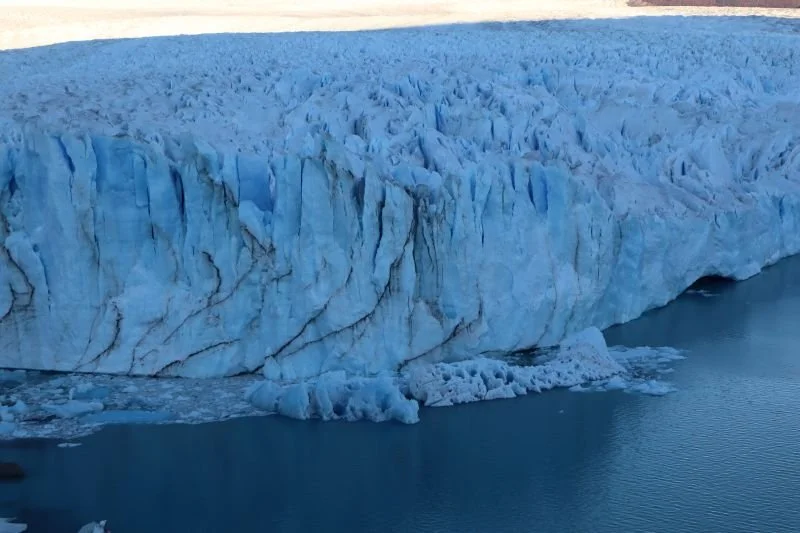
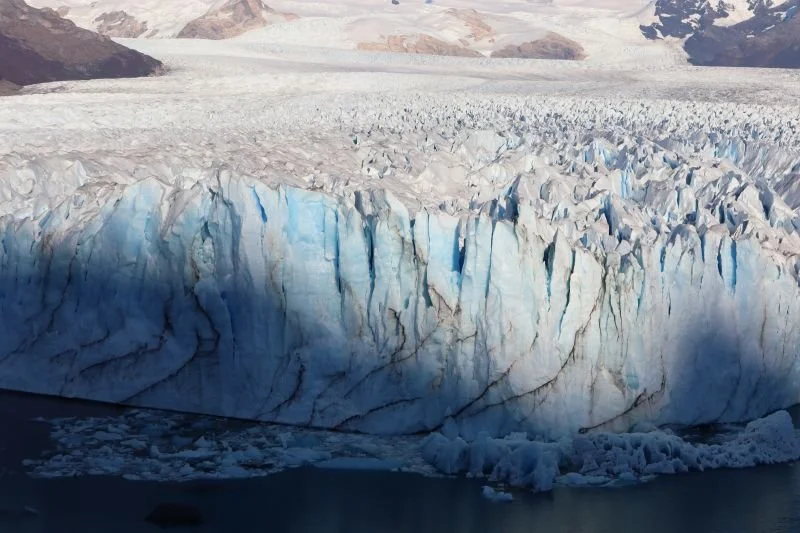
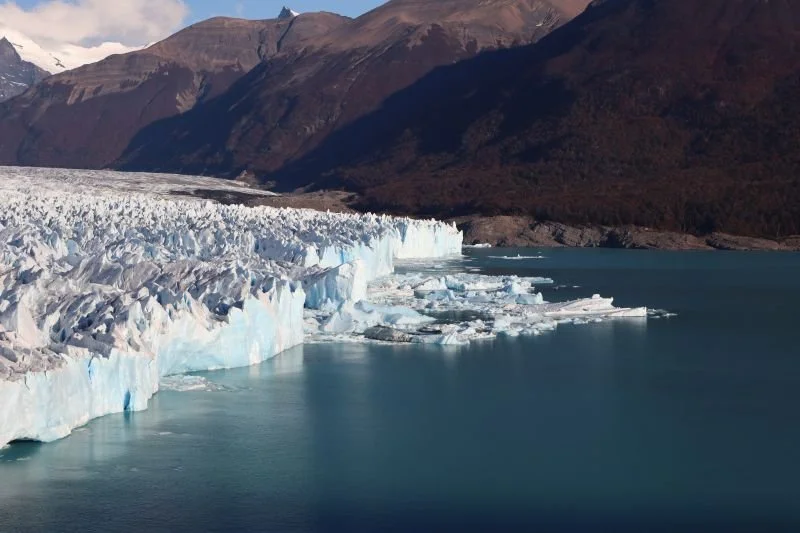
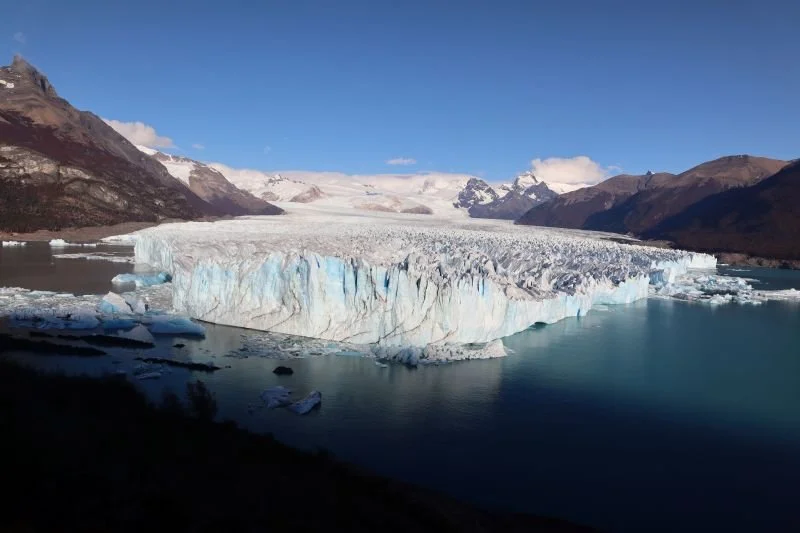


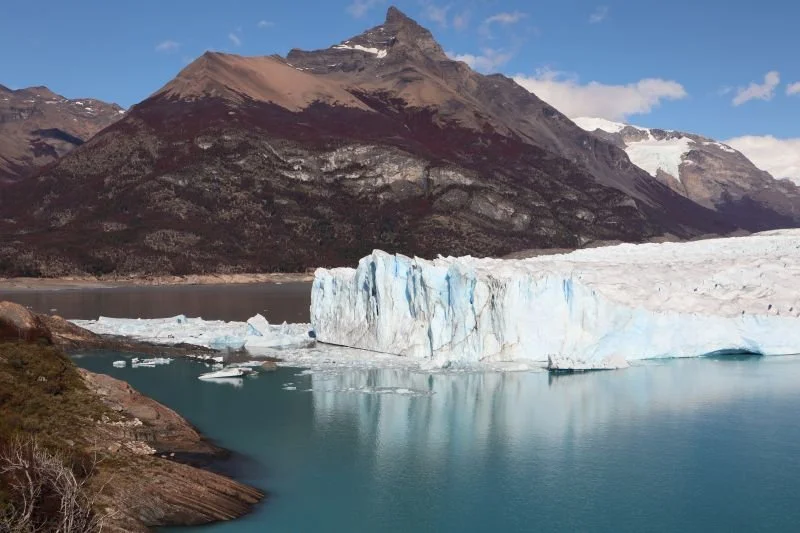
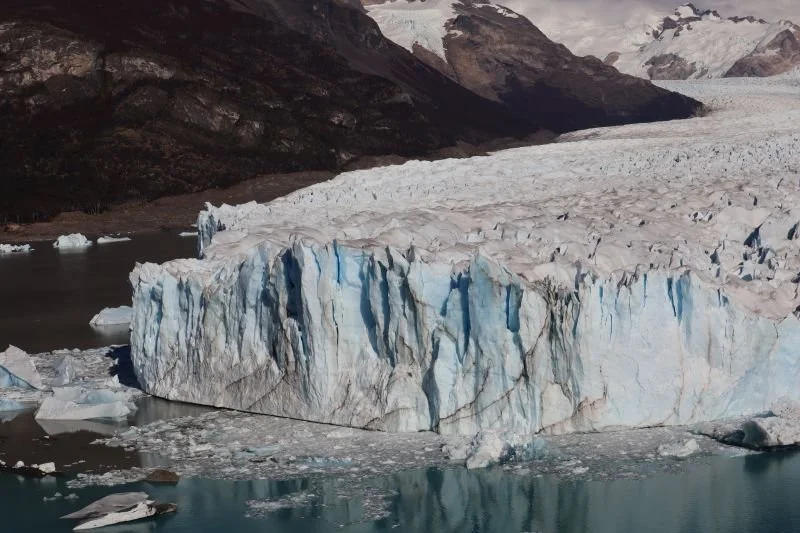

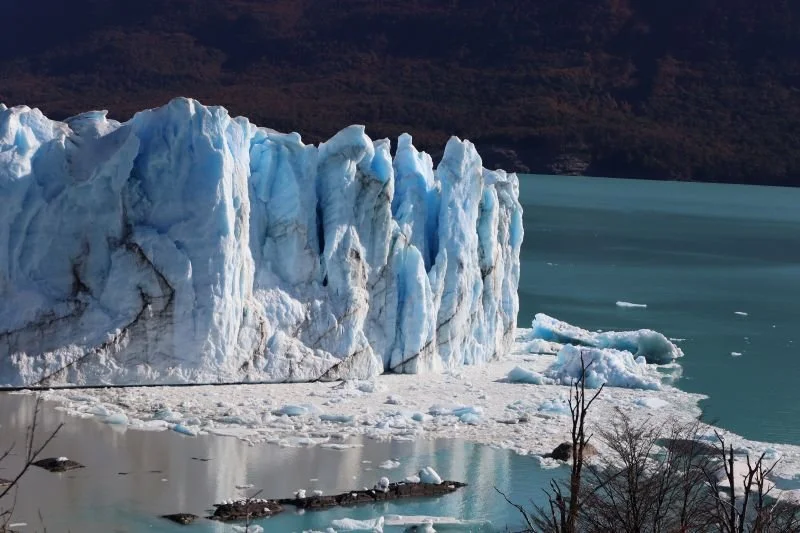
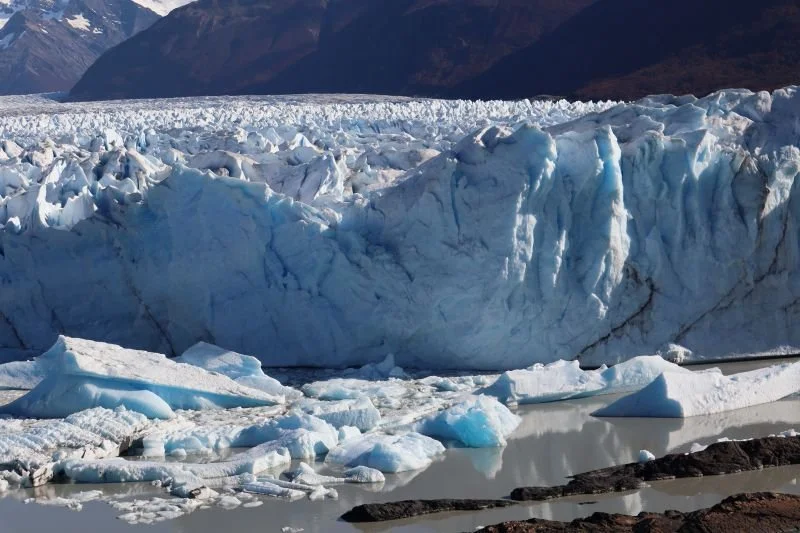

Upon reflection it makes me a little sad to think that if I have kids, then my grandkids may never get to see a glacier. Glaciers are unlike any landscape I've ever seen. The good news is that the Perito Moreno Glacier is one of the few glaciers in the world that is not receding as rapidly as others. Observations by scientists have previously identified no changes in the glacier until very recently. Now they have started to observe a loss of mass since 2020, which might indicate a shift in its long-term stability.
An interesting fact about this particular glacier, is that it advances in winter without warmth to melt it. Then in summer it recedes as its calves off many icebergs, and this pattern cycles year after year. This cyclic patten (for this glacier) is independent of the effects of climate change that I described earlier.
The thing that made this different to the Grey Glacier (that we visited a week or so before the Perito Moreno Glacier), were the noises that it made. The cliff-front at the nose of this glacier was way higher and much more active. Big chunks of ice would fall off a 70-metre cliff, then a few seconds later you would hear an enormous crack then thumping splash sounds. We watched and listened to a giant berg rolling over in the water next to the glacier’s face, that must have been at least the size of a huge house! Even when we could not see chunks falling away, the glacier was continuously making loud groaning, crunching sounds, like an awakening monster. It’s like a living breathing beast and it was a magnificent site to hear and behold.
On the way back from the glacier everyone was so tired that we all fell asleep in the car, except for David because he was the driver.
Stay tuned for the next blog where we have some adventures in Punta Arenas and see some life-sized replicas of some famous ships including the first ship to circumnavigate of the world!!! Magellan’s ship, the Victoria.

